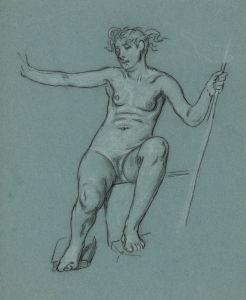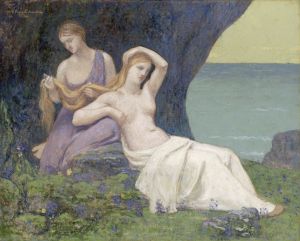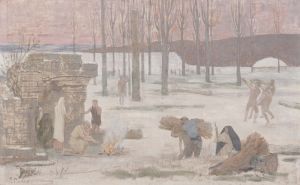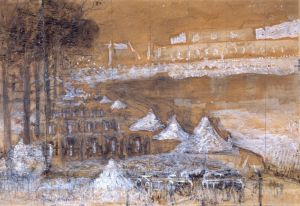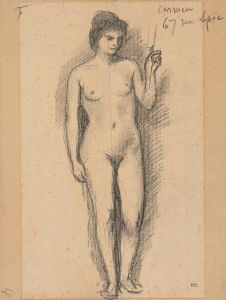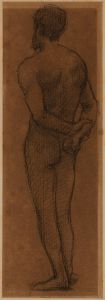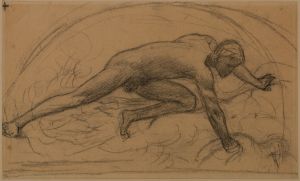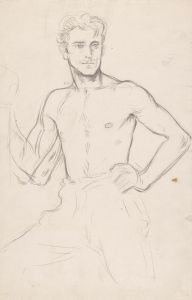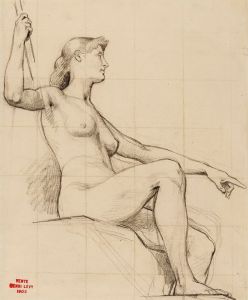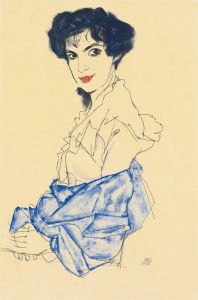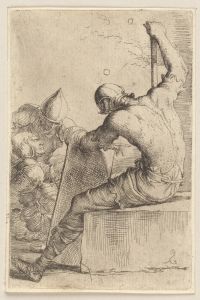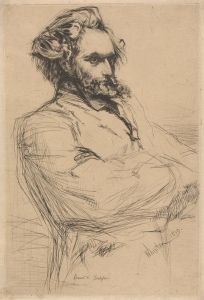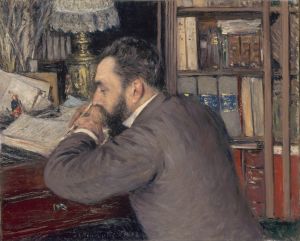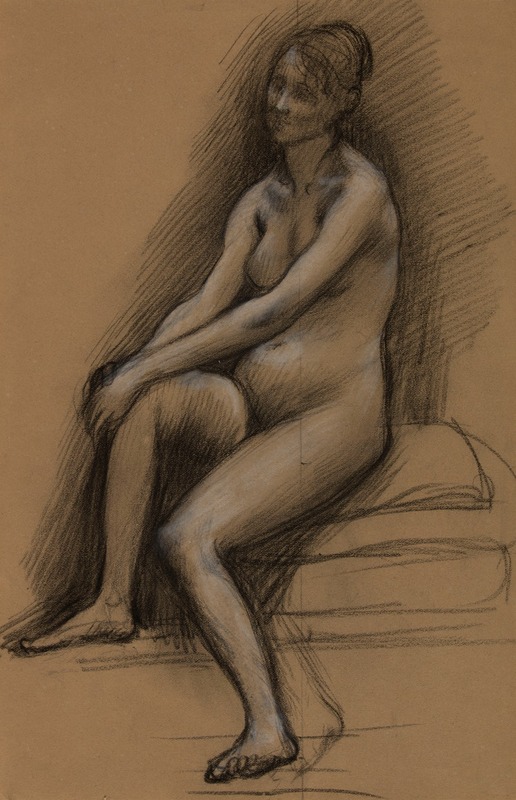
Femme nue, assise de trois-quarts à gauche
A hand-painted replica of Pierre Puvis de Chavannes’s masterpiece Femme nue, assise de trois-quarts à gauche, meticulously crafted by professional artists to capture the true essence of the original. Each piece is created with museum-quality canvas and rare mineral pigments, carefully painted by experienced artists with delicate brushstrokes and rich, layered colors to perfectly recreate the texture of the original artwork. Unlike machine-printed reproductions, this hand-painted version brings the painting to life, infused with the artist’s emotions and skill in every stroke. Whether for personal collection or home decoration, it instantly elevates the artistic atmosphere of any space.
Pierre Puvis de Chavannes was a notable French painter of the 19th century, renowned for his mural paintings and his influence on the Symbolist movement. One of his works, "Femme nue, assise de trois-quarts à gauche," exemplifies his unique style and thematic focus. This painting, which translates to "Nude Woman, Seated Three-Quarters to the Left," is a testament to Puvis de Chavannes' interest in the human form and his ability to convey emotion and narrative through simplicity and subtlety.
Puvis de Chavannes was born on December 14, 1824, in Lyon, France. He initially pursued a career in engineering but later turned to painting, studying under various artists, including Eugène Delacroix. His style evolved to emphasize clarity, calmness, and a muted color palette, which became his signature approach. He was particularly interested in creating works that conveyed a sense of timelessness and universality, often drawing on classical themes and figures.
"Femme nue, assise de trois-quarts à gauche" is characteristic of Puvis de Chavannes' work in its simplicity and focus on the human figure. The painting depicts a nude woman seated with her body turned slightly to the left. The composition is straightforward, yet it captures a sense of introspection and serenity. Puvis de Chavannes often employed such compositions to explore themes of beauty, purity, and the human condition, without the distractions of elaborate backgrounds or excessive detail.
The use of a limited color palette in this painting is typical of Puvis de Chavannes' style. He often favored soft, muted tones that contributed to the tranquil and contemplative mood of his works. This approach allowed him to focus on the form and posture of his subjects, emphasizing their emotional and symbolic significance rather than their physical details.
Puvis de Chavannes' influence extended beyond his own time, impacting future generations of artists. His work was admired by the Symbolists, who appreciated his ability to convey deep meaning through simple forms and compositions. Artists such as Paul Gauguin and Georges Seurat were influenced by his style and thematic focus, and his murals in places like the Panthéon in Paris remain significant examples of his contribution to art.
While "Femme nue, assise de trois-quarts à gauche" may not be as widely recognized as some of Puvis de Chavannes' larger mural works, it nonetheless reflects his artistic philosophy and mastery of form. The painting is a reminder of his dedication to exploring the human experience through art, using simplicity and subtlety to evoke emotion and contemplation.
Puvis de Chavannes passed away on October 24, 1898, but his legacy endures through his paintings and the influence he had on the art world. His works continue to be studied and appreciated for their unique approach to composition, color, and thematic depth. "Femme nue, assise de trois-quarts à gauche" stands as a testament to his skill and vision, capturing the essence of his artistic journey and the timeless nature of his work.





